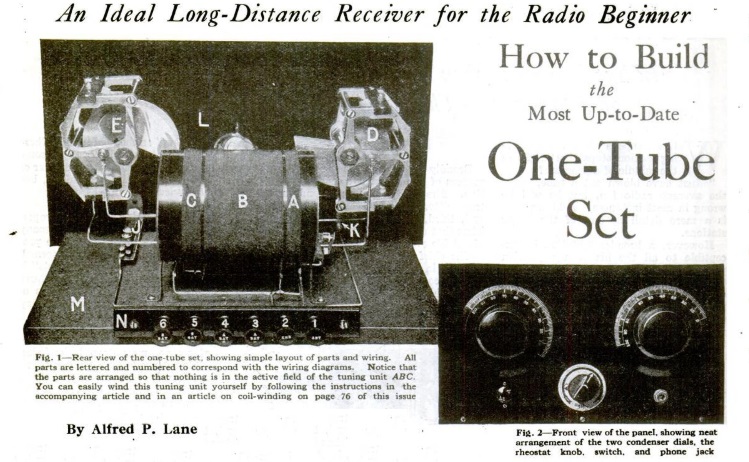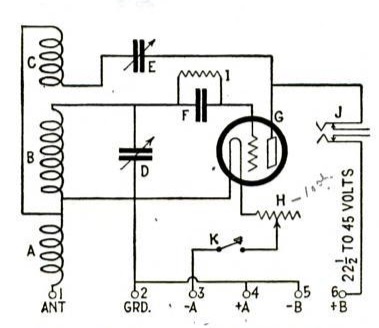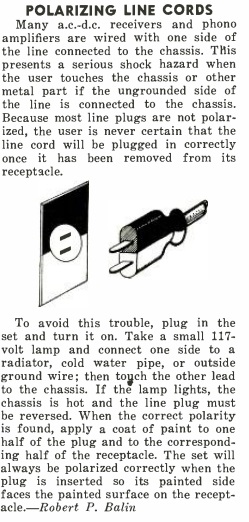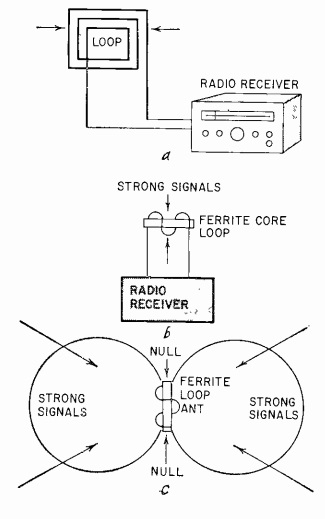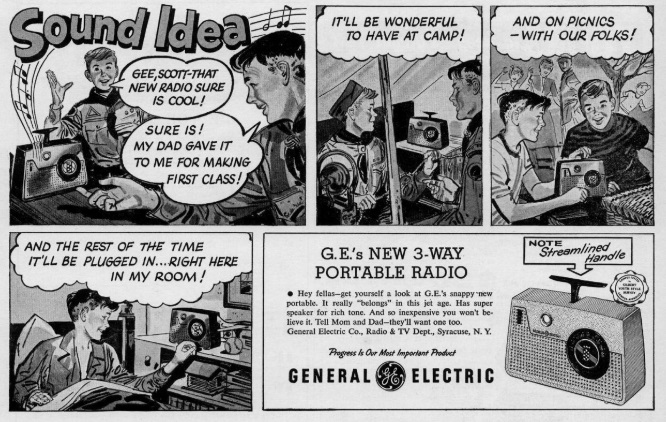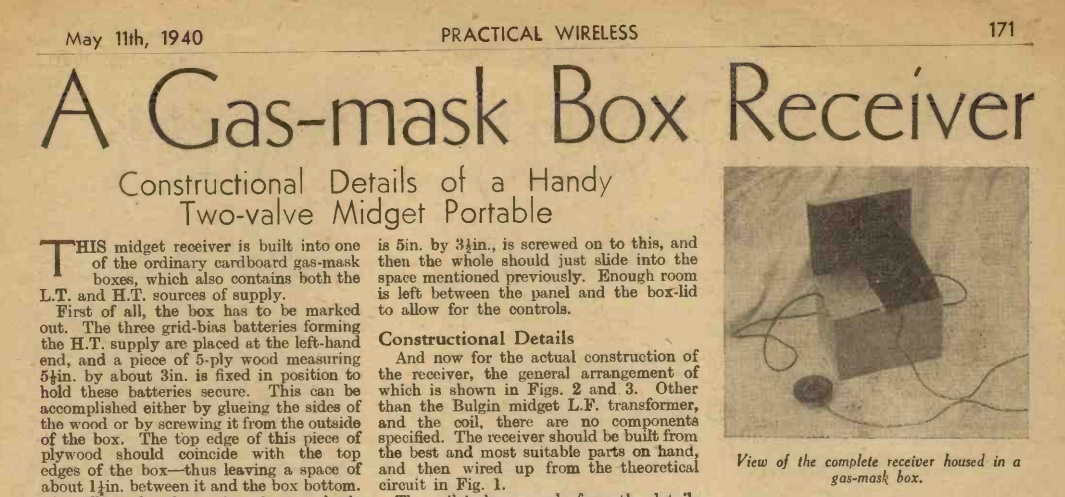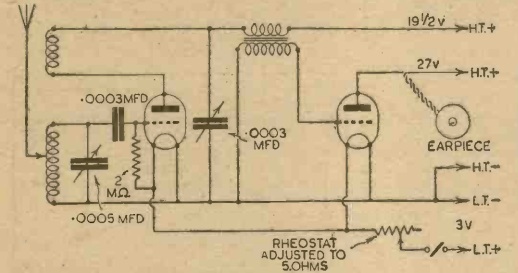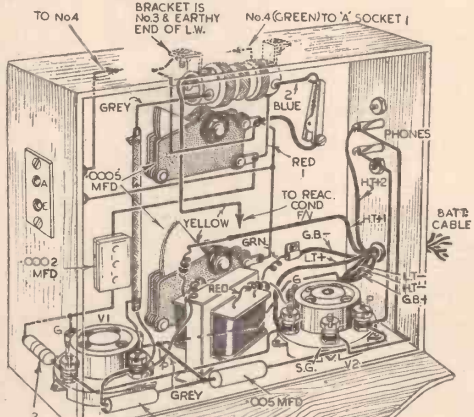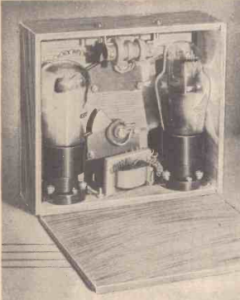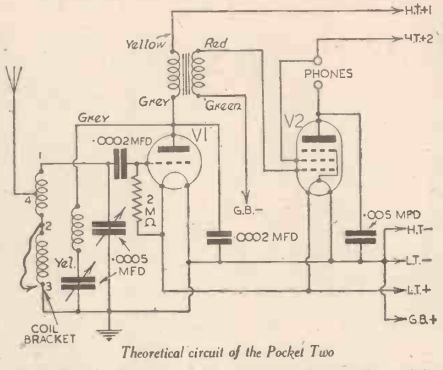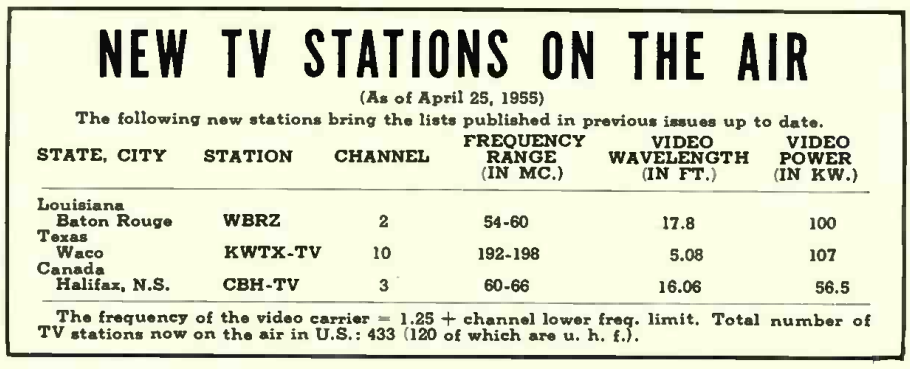 Here’s something I’ve never seen before. Radio News carried lists of new TV stations to come on the air, and periodically had complete lists. This one is from the May 1955 issue.
Here’s something I’ve never seen before. Radio News carried lists of new TV stations to come on the air, and periodically had complete lists. This one is from the May 1955 issue.
Among the data presented is the wavelength (of the video carrier), but it’s given in feet, and not meters! The only reason I can think of for this is for antenna construction. If you needed to build an antenna of a half wavelength, then you would probably be measuring in feet, and I guess it would save a little bit of time to have the conversion done for you.
But almost anyone building an antenna would know that if you started with frequency, then the formula for the length of a dipole was 468/f. And that formula took into account end effects, and was really 95% of the true wavelength. Has anyone else ever seen radio wavelength expressed in feet?

